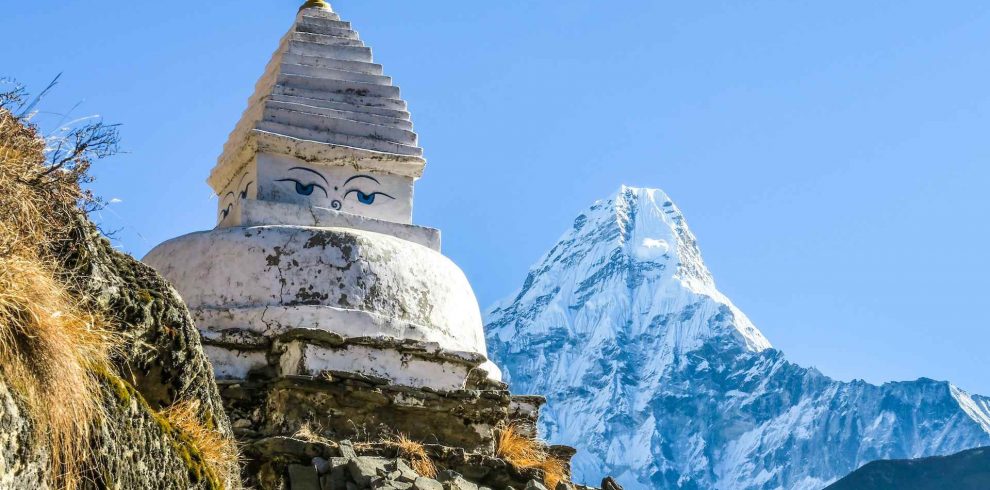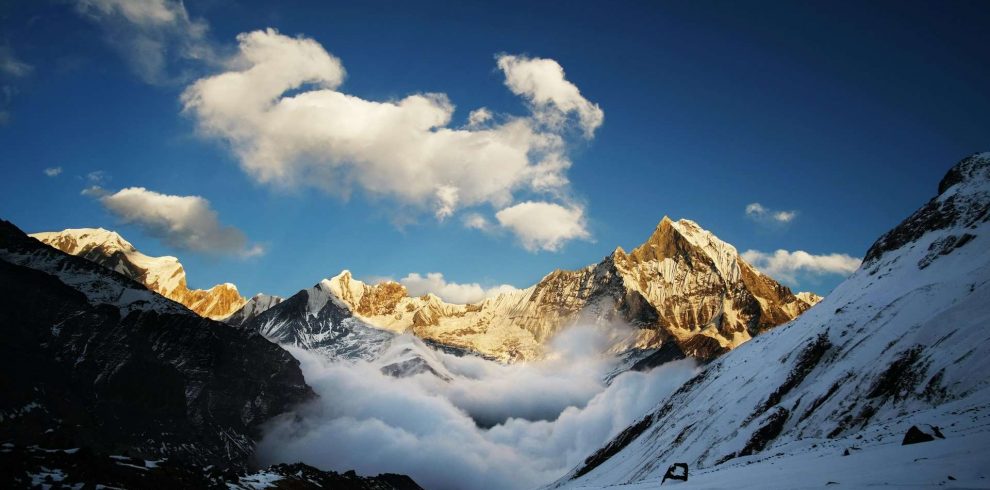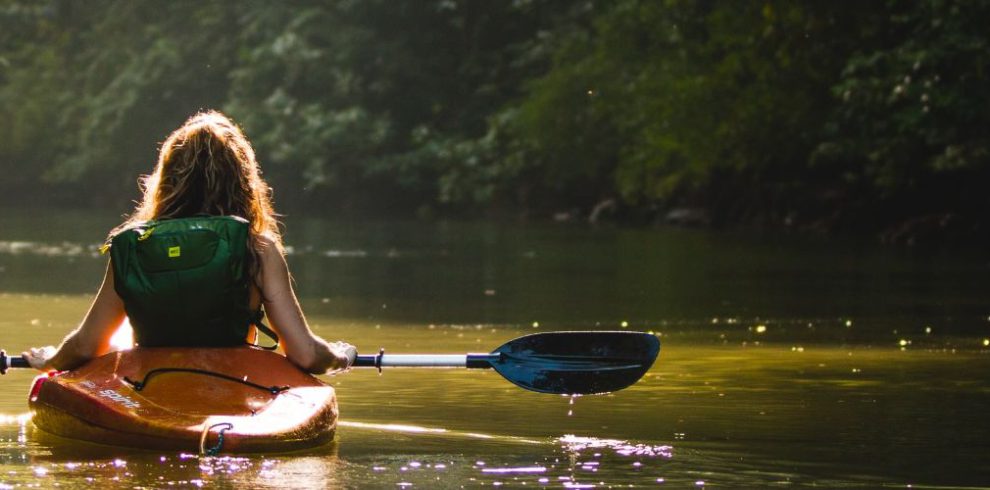Overview
Langtang Valley Trekking is a short and moderate trip through the beautiful Langtang region. The Langtang Trek is well-known for its Tamang cultural culture, Buddhist beliefs, and traditional village lifestyle, all of which are influenced by the Tamang people. It also has breathtaking scenery, an amazing landscape, and the kind nature of the Tamang people. You will encounter indigenous Tamang and Sherpa communities during the trek.
The April 2015 earthquake completely demolished Langtang Village. Teahouses and lodges have been reconstructed and opened by the locals. Now it’s all good to go. Your comfort is not something you should be worried about. The walk continues to be wonderful as it always has. Going on a trek to Langtang will help rebuild the area.
The area is famous for its gorgeous pine trees and flowers, as well as amazing views of soaring Himalayan peaks such as the tremendous Shishapangma, one of the 8000-meter summits, Manaslu Massif, Ganesh, Langtang, and Jugal Himal.
Syabru Besi, a small village, is where the trek begins. You will walk through breathtaking woodlands to the yak farms and high alpine fields near Kyangjin Gompa (a Buddhist monastery).
The Tamang Heritage Trail section contains some moderately difficult ascent sections, but the Langtang Trek section only requires you to be somewhat fit. The majority of the journey consists of six-hour walking days.
Best Seasons for Langtang Valley Trek
Trekking in Langtang Valley offers a unique experience every season, with varying auras and breathtaking scenery that elicit love from travelers. For a fantastic and secure adventure, choosing the best time to start the Langtang Valley Trek is essential. Considering the advantages and disadvantages of each season, let’s look at the best times to travel.
Fall / Autumn (September to November)
For trekking throughout the Himalayas in Nepal, the finest weather occurs during the first three months of the dry season, which goes from mid-September to mid-December. Clear views of the mountains, crisp air, and a gorgeous blue sky all surround you during your travel.
The ideal Langtang Trekking experience is provided by the pleasant, steady weather, the festive season, the breathtaking views, and the paths in excellent condition in the autumn.
Spring (March to May)
After autumn, spring is regarded as the ideal time of year to hike to Langtang Valley. You will love the long and warm days during this season. During this season, the route becomes extraordinarily beautiful.
Rhododendron blossoms appear, bringing with them a green forest. Along the route, a lot of wildflowers will be visible to you. Trekkers who travel to the Langtang Valley in the spring will undoubtedly make enduring memories and experiences.
Summer/Monsoon (June to August)
The monsoon season in the Himalayas is characterized by heavy summertime rainfall and high humidity levels. This season might be advantageous for those who enjoy nature, even though the trail can be dangerous due to continuous rainfall.
Compared to other seasons, this one can be a little challenging to travel in. Sometimes the dense fog may obstruct the vision. Rainfall can lead to pathways becoming slick with leeches, insects, and earthworms.
Winter (December to February)
The mountain is much more hazardous due to strong winds, heavy snowfall, and extremely cold temperatures. The harsh winter weather increases the risk of frostbite, hypothermia, and avalanches.
In the winter, snowfall occurs practically daily, which can be challenging for trekkers. The trail will be less congested because this is not the most popular trekking season in this area, with fewer hikers.
Langtang Valley Trek Difficulty
The intermediate Langtang Trek requires many days of walking at progressively higher altitudes. The Langtang trip would be an excellent option for your first trip in Nepal because even if you have no prior hiking experience, you can still cross the Langtang Valley’s terrain.
The Langtang Valley journey is somewhat challenging, as was previously indicated. In comparison to other well-known treks in Nepal, such as the Annapurna Circuit journey, Manaslu Trek, and EBC Trek, this journey is not particularly challenging. There are many of teahouses and lodges along the trail, offering lodging and eating options. There aren’t any difficult trails to get lost on this trek.
Highlights of Langtang Valley Trek
- Trek through the Langtang Valley, popularly known as the 'Valley of Glaciers.'
- Tamang, Sherpa, and Bhote primarily inhabit this valley.
- A visit to the nearby Kyanjing Gompa Cheese Factory.
- Explore breathtaking rhododendron forests.
- Kyanjin Ridge is an ideal spot for looking at the magnificent Langtang mountain range.
- Possibility of seeing certain endangered wildlife species, like langur monkeys and red pandas, and more.
- Explore Nepal's first national park and stop by Buddhist Tibetan villages in the Langtang Valley.







